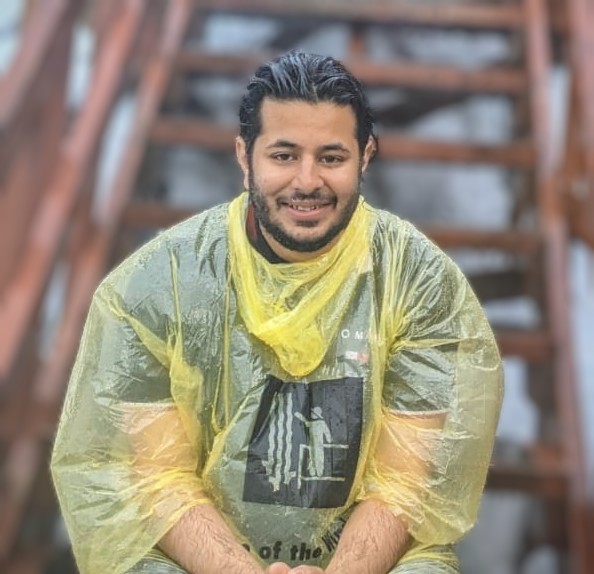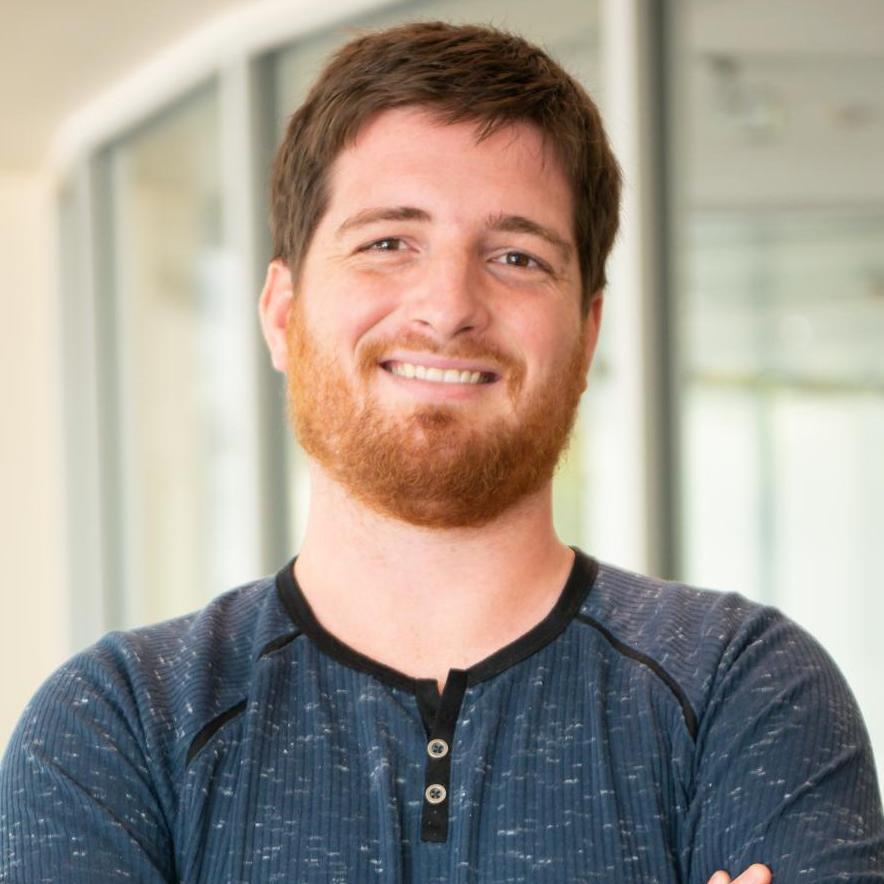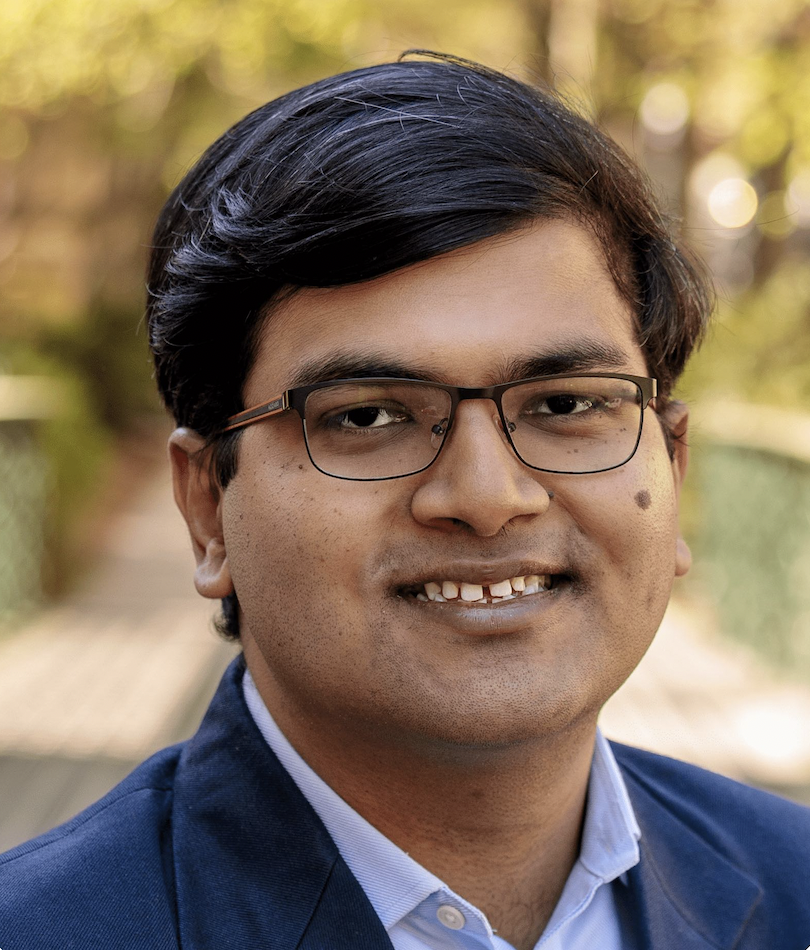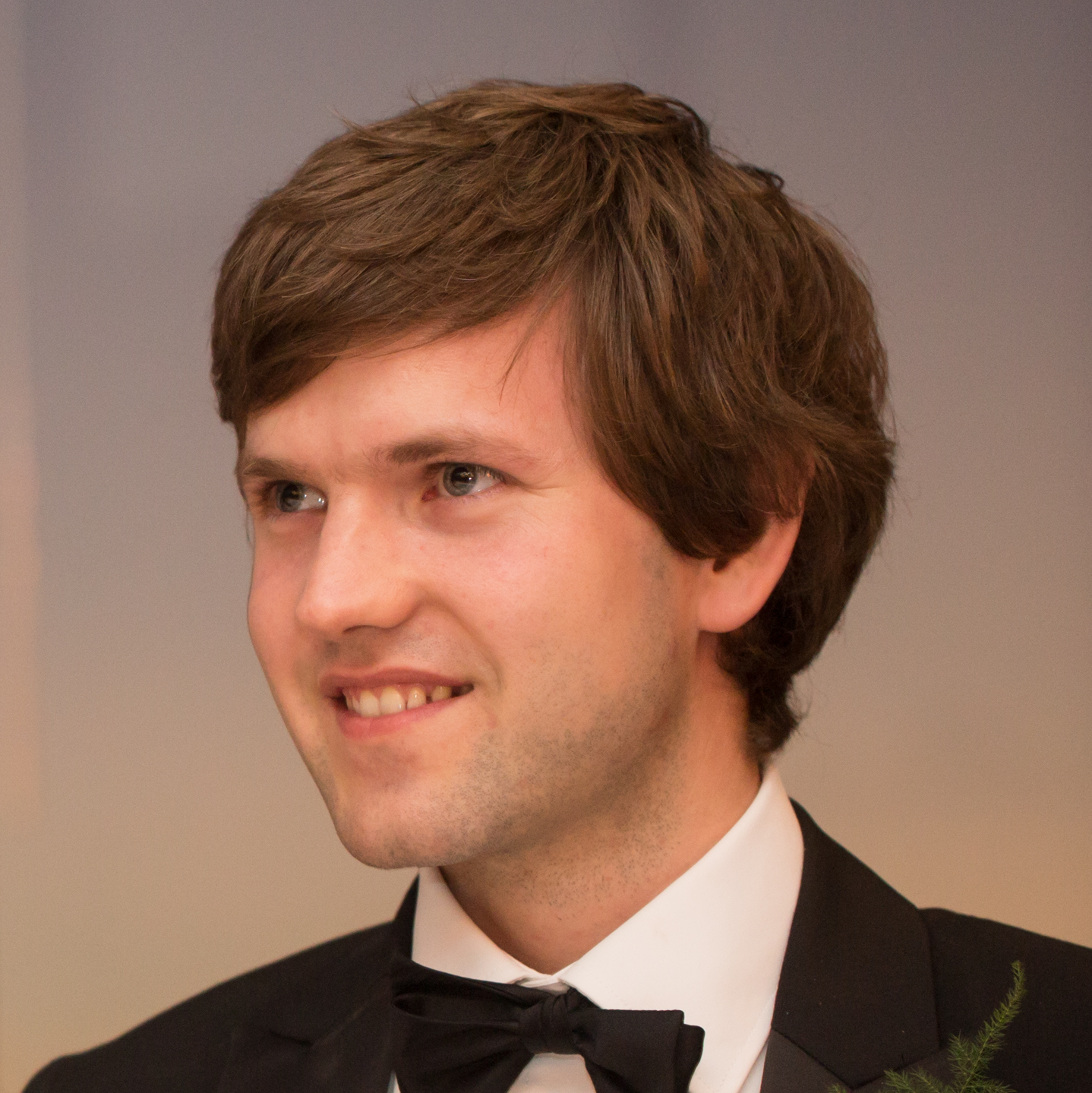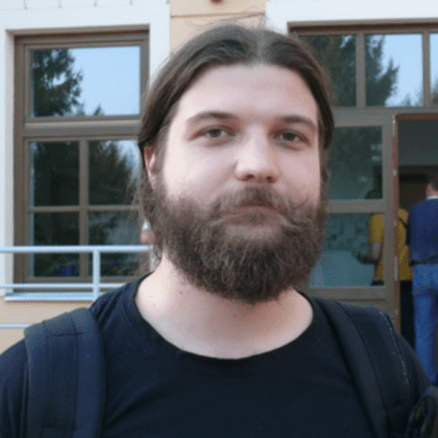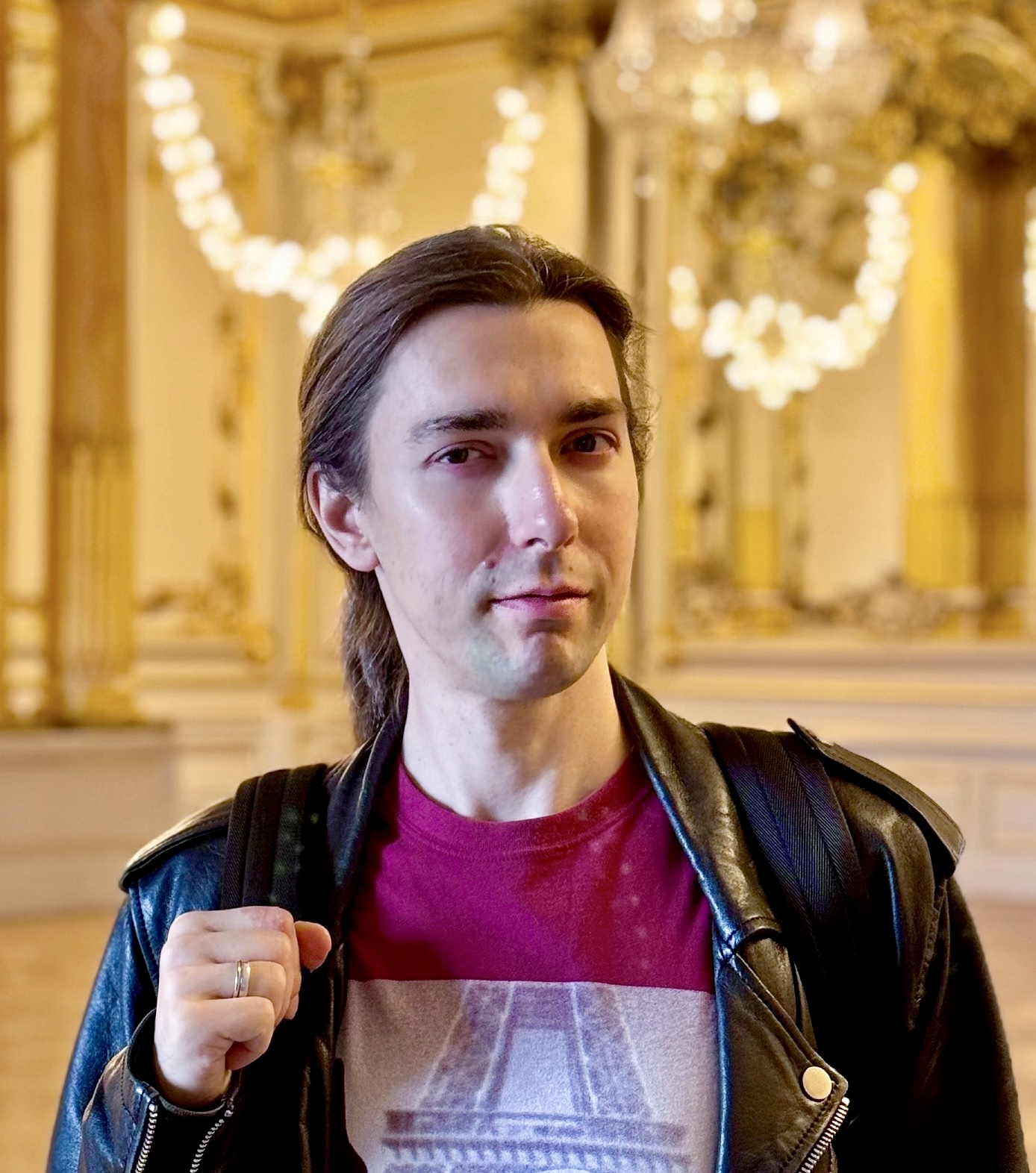
Dmitrii Vavilov joined our team as a postdoctoral fellow in November 2024, following two years as a Marie Curie postdoctoral fellow at the Paris Observatory. Dmitrii specializes in probabilistic analysis of dynamical and physical properties of small bodies, light-curve processing and cometary shape evolution.
While at the Paris Observatory, Dmitrii created a monitoring system for impact probability computation, similar to NASA JPL’s Sentry system. The algorithm utilizes fast and robust modeling of an asteroid’s uncertainty region to estimate its collision probability with the Earth. In order to determine reliable asteroid orbits and collision probabilities, accurate on-sky positional measurements acquired over a long time span are important. An added advantage of the algorithm employed in the system developed by Dmitrii is the ability to assist in “precovery” searches for asteroids in archived telescope images or old photographic plates. This can lengthen the baseline of observations used to compute an asteroid’s impact probability, providing more accurate results.
Dmitrii’s work at DiRAC will continue to benefit planetary defense efforts through a NSF grant, which is partially funded by a generous gift from Charles Simonyi, and held by DiRAC Affiliate Professor, Sarah Greenstreet. Their work will combine data science with solar system dynamics to better characterize the distribution and evolution of orbits, thermal processing, and physical properties of the more than one hundred thousand near-Earth objects that the Vera C. Rubin Observatory’s Legacy Survey of Space and Time is expected to detect. The project will also help uncover where potentially hazardous asteroids reside that are currently difficult to track.
Nick focuses on the search for extraterrestrial intelligence (SETI) and habitable worlds research. His SETI work has been executing and analyzing the results of novel search strategies to look for radio technosignatures using observatories like the Green Bank Telescope and the Allen Telescope Array. His work on exoplanets has largely been focused on directly measuring the chemical components of disintegrating rocky bodies around main sequence stars to test our understanding of planet composition using both state-of-the-art ground-based optical observatories as well as space-based observatories like JWST.
My research focuses on understanding dark matter and its influence on galaxy formation/evolution in the context of our own Galaxy. I am particularly interested in modeling and quantifying the asymmetric distribution of dark matter in the Milky Way by building tailored tools that can work in the disequilibrium regime and zoomed hydrodynamical cosmological simulations of the Milky Way-mass galaxies. I use systems such as stellar streams–disrupted satellite galaxies–as a probe for DM. I am also interested in alternative dark matter models, specifically self-interacting dark matter and its effects at galactic scales.
I am interested in learning about the nature of dark matter and galaxy formation using wide-field astronomical surveys such as the Legacy Survey of Space and Time (LSST) at the Vera C. Rubin Observatory.
In particular, I work on finding and characterizing stellar streams and dwarf galaxies in the local universe and enabling this science by making infrastructure level contributions to cosmological surveys. These contributions range from instrumentation and calibration to science validation and software development. At the University of Washington I am a DiRAC postdoctoral fellow as well as a fellow in the eScience institute. Previously, I was a postdoc at another UW on an isthmus (University of Wisconsin-Madison) where I was part of the observational cosmology group, and I completed my PhD at Texas A&M University.
I am an LSST-DA Catalyst Prize Fellow and am currently hosting my fellowship at the DiRAC Institute. I use the latest advances in machine learning combined with large surveys to study the formation & evolution of galaxies and investigate the specific role played by Active Galactic Nuclei in this process.
Please take a look at my website to learn more about my research!

I completed my Ph.D at the University of Pennsylvania, focusing on the development and application of new techniques for the discovery and characterization of the most distant bodies in our Solar System, trans-Neptunian objects, as part of the Dark Energy Survey (DES). At the University of Washington, I am expanding this research to current surveys, as well as upcoming projects such as the Rubin Observatory’s Legacy Survey of Space and Time (LSST).
Discovering these objects is inherently a computationally expensive task, requiring these bodies to be tracked across multiple telescope images during several years of observations, as these move against the background of stars in the night sky. My research focuses on the development of computationally efficient and effective algorithms to enable such discoveries. I am also interested in the relationship between models of formation of the Solar System and the population of trans-Neptunian bodies, and I am carrying studies of photometric colors as well as comparisons of theoretical populations to observed data.
Born in Poland, graduated with MPhys Physics in 2012 (University of Oxford), obtained a PhD in Astronomy and Astrophysics in 2019 (University of Washington). Pursuing research in Astrophysics, specializing in the analysis of time series data, using the variability information to classify and characterize quasars and variable stars. Since 2020 working within the Active Optics System group as a commissioning postdoc for the Rubin Observatory (LSST).
A big fan of coding and physics, Dino earned a masters in Computational Physics at Faculty of Science Split, Croatia, on the topic of linear feature detection in astronomical images. Having re-analyzed the entire Sloan Digital Sky Survey (SDSS) ~16TB large image dataset he discovered his passion for Big Data and related image analysis problems. As a graduate student at University of Washington, Dino works on Large Synoptic Survey Telescope (LSST) Data Management code, adding support for cloud services and executing Science Pipelines in the cloud. To various different extent he is also involved in other projects such as image differencing, kernel based moving object detection (KBMOD) and deblending.


